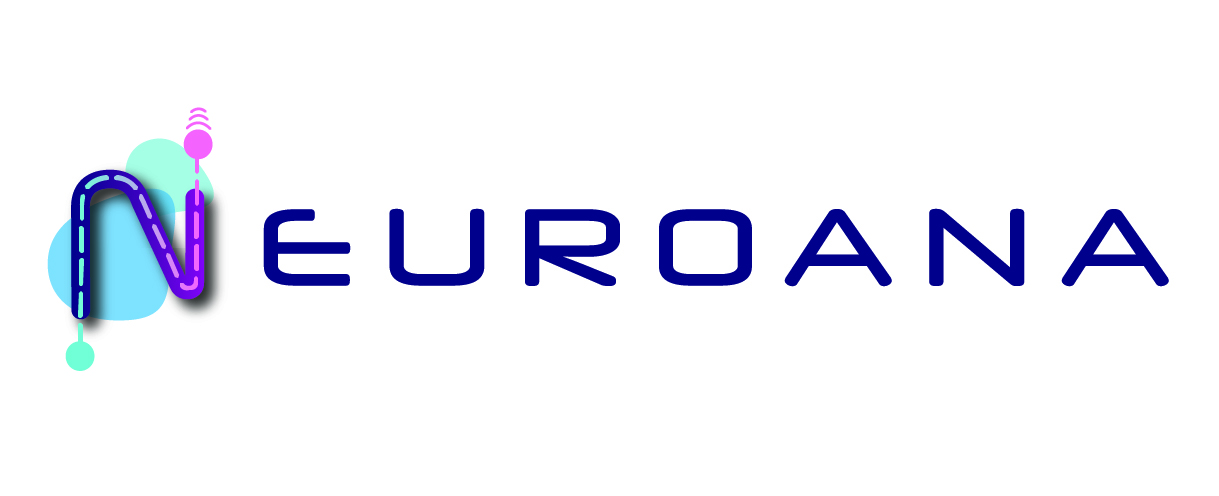🌟🧠The Power of Consciousness: Why Awareness is Fundamentally Important🧠✨
Revisiting Your Memory: Reconstruction of Affect-Contextualized Memory viaEEG-guided Audiovisual Generation
Low-Power Brain Chip Predicts Users’ Intentions
Gamification of recoveriX Neurorehabilitation
“A big part of my ‘why’ that I’ve never shared is that my family has struggled with mental illness”
Neurable & Healthspan Digital Join Forces
Wearable Brain Devices Market Size, Outlook, Key Players, Revenue, Latest Trends, and Forecast 2028
Brain-Computer Interfaces Are Becoming Immensely Popular
Neurological conditions now leading cause of ill-health worldwide, finds study
Even more evidence of the value of TMS Therapy
FDA clears Neuronetics’ neurostim for adolescents with depression
Top 10 EEG Data Analysis Tools for Effective Brain Research
What’s Your Brain Age? EEG Algorithm Scans for Problem Gaps
9 Traits of Borderline Personality Disorder
Why We Care and Why You Should Care Too ..
Big Tech sees neurotechnology as its next AI frontier
AI BrainWave Decoding to Map Your Own Brain (Tutorial)
How Brain Mapping Works
Advances in Non-Invasive Neuromodulation Techniques for Improving Cognitive Function: A Review
Brain awareness week
Brain Hacking and Tracking
Society paying the price for failure to invest in mental health services, warns BPS
Local doctor uses TMS to improve outcomes for bipolar disorder
Deep Neural Network Based Discrimination of Mental States During Real-Time Posture Yoga Using EEG
Brain Chip Breakthrough: Promising Depression Treatment
What’s the difference between stress and anxiety?
AI Brainwave Decoding: A revolution in Neuroscience
Brain-sensing tech is on the rise. But what about your right to mental privacy?
Depression could be ‘zapped’ away with brain stimulation, new study suggests: ‘Better quality of life’
Tracking Brain’s “Wave of Death”: New Insights into Neural End-of-Life
The Netflix of Neuro-scientific software could change our techscape for good
Non-Invasive Brain Stimulation: Hope for Depression?
In Ten Years, Brain Wearables May Be as Ubiquitous as FitBits
ADHD Made Manageable: What is Infra-Low Frequency (ILF) Neurofeedback?
THE STATE OF NEUROTECH: UNLOCKING MINDS & NEW MARKETS
Tackling Depression: The Power Of Early Detection
Decoding the Mystery: Study to Uncover Neurobiological Mechanisms of ECT and TMS in Depression Treatment
Efficacy of neurostimulation across mental disorders: systematic
Non-invasive Brain Stimulation: A Paradigm Shift in Understanding Brain Oscillations
Cognitive neuroscience set out to understand the neural mechanisms underlying cognition. One central question is how oscillatory brain activity relates to cognitive processes. Up to now, most of the evidence supporting this relationship was correlative in nature. This situation changed dramatically with the recent development of non-invasive brain stimulation (NIBS) techniques, which open up new vistas for neuroscience by allowing researchers for the first time to validate their correlational theories by manipulating brain functioning directly. In this review, we focus on transcranial alternating current stimulation (tACS), an electrical brain stimulation method that applies sinusoidal currents to the intact scalp of human individuals to directly interfere with ongoing brain oscillations
Wake Up, Brain!: Using Electricity to Think and Feel Differently
Did you know that while reading this your brain is sending off chemical and electrical signals to help you to understand the words and their meaning? Your brain is made up of networks of small cells called neurons that communicate electrochemically to enable you to think, feel, and interact with the world around you. Because electrical charges are responsible for brain activity, electrical stimulation can in turn be used to change the brain’s functioning.
